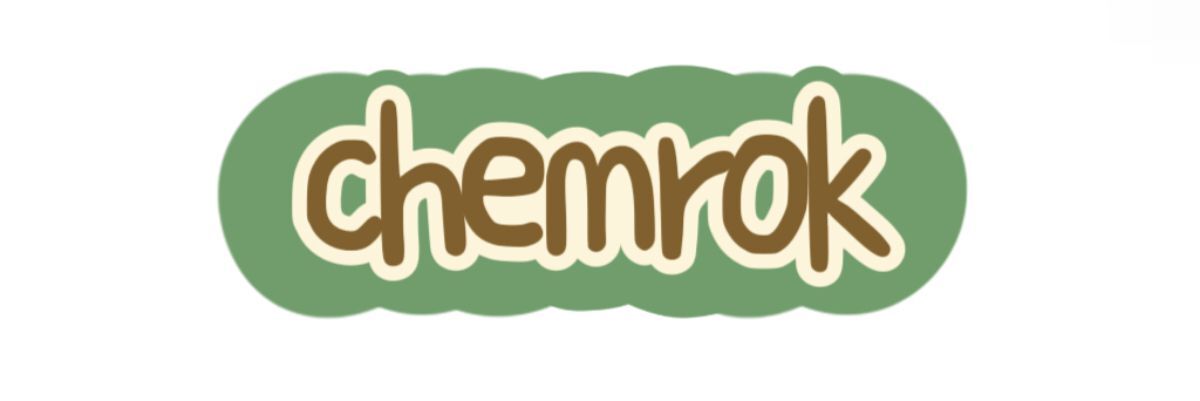Stapler Suture Removal: Essential Guide for 2024
With competitive price and timely delivery, lookmed sincerely hope to be your supplier and partner.
Introduction
As we enter 2024, advancements in surgical techniques coupled with patients' desires for quicker recovery are driving an increased use of stapler sutures in various surgical procedures. Stapler sutures are essential in a range of surgeries, including dermatological and gastrointestinal procedures. Knowing how to properly remove stapler sutures is vital for both healthcare professionals and patients. In this important guide, we will delve into the significance of proper technique, share tips for effective removal, and discuss ways to support your patients throughout this process.
The Importance of Proper Stapler Suture Removal
It is critical to perform stapler suture removal correctly to avoid complications such as infections, delayed healing, and increased scarring. Healthcare providers need to have the proper knowledge and tools to safely carry out removals. Additionally, providing patients education about what to expect during the removal process can alleviate concerns and facilitate a smoother recovery.
Understanding Stapler Suture Techniques
Stapler sutures come in multiple designs and materials, making it essential to comprehend these variations for effective removal. Professionals like Dr. Sarah Kim, a reputable general surgeon, stress the necessity of knowing the exact type of stapler used during surgical procedures, which aids in selecting the optimal removal techniques.
1. Preparing for Stapler Suture Removal
Getting both the patient and environment ready is imperative before initiating the removal operation. Here are key steps to follow:
Gather Required Tools
Ensure you have the right tools for suture removal, including sterile scissors, forceps, and antiseptic solutions. Renowned practitioners such as Dr. Emily Chen often share their preferred tools on social media platforms, which helps equip others in the medical field.
Ensure a Sterile Environment
Preparing the location for removal in a sterile manner is crucial to mitigate infection risks. Following best practices of maintaining clean, organized workstations is often highlighted by industry leaders via online platforms like Instagram.
2. The Removal Process
Follow a systematic approach when carrying out stapler suture removal to ensure efficiency and safety.
Assess the Healing Progress
Before any removal occurs, it’s vital to evaluate the healing progress. Look for signs of infection and ensure that the incision site is healing appropriately, as emphasized by many experts in the medical community.
Carefully Remove the Sutures
Using sterile scissors and forceps, carefully grip and elevate the staples prior to cutting them. Take care not to disrupt any nearby tissue. Educators and influencers in the surgical field, such as the Surgical Nurse Network, frequently share valuable video tutorials that can assist newer practitioners.
3. Post-Removal Care
Post-removal care holds equal importance to the removal process itself. Consider the following:
Educate the Patient
Patients should receive comprehensive education regarding care after suture removal, including guidelines to keep the area clean and dry. The sharing of information through platforms is something many medical influencers emphasize to enhance patient understanding.
Monitor for Complications
Encourage patients to keep an eye on the area for any indications of redness, swelling, or discharge. Engaging with audiences on platforms like Twitter can foster a supportive community where experiences and expertise are openly shared.
4. Conclusion
Mastering stapler suture removal is a critical capability for healthcare professionals, significantly affecting patient recovery and satisfaction. By adequately preparing for the removal process, employing careful techniques, and offering solid post-removal care, healthcare providers can greatly influence their patients' healing journeys.
Healthcare professionals aiming to expand their knowledge and connect with industry experts can find invaluable resources and networking opportunities on platforms like LinkedIn, Instagram, and Twitter. Engaging with the community via these channels enriches skills and promotes better patient outcomes.
Click here to get more.


